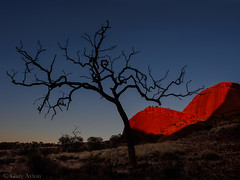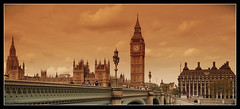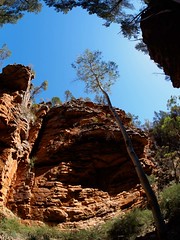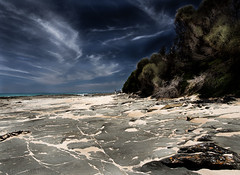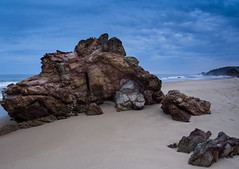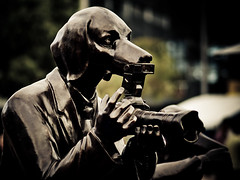Following on from my last post where I tested lenses at 135mm focal length on the Panasonic GH-1, I have performed the same tests using lenses at 85mm focal length but with camera moved closer to the target to maintain the target magnification at a constant.
All performed on tripod with self-timer.
In order of resolution (best to worst):
- Olympus ZD 50-200mm f/2.8-3.5 SWD at 85mm at f/3.1, f/4, f/5.6 (little difference between them) – almost no purple fringing even wide open
- Canon EF 24-105mm f/4L IS at 100mm at f/4 – almost no purple fringing
- Canon EF 85mm f/1.8 at f/1.8, f/2.8, f/4 – all very sharp, but severe purple fringing at f/1.8, moderate at f/2.8 and almost gone by f/4.0
- Olympus ZD 50mm f/2.0 macro + ZD EC-20 2x teleconverter – some CA though
- Panasonic Lumix 14-140mm f/4-5.8 HD at f/5.8 – not far behind the others, but definitely a touch softer
- Olympus OM 100mm f/2.8 – but very compact, and a great option at f/4 or f/5.6 when it becomes as good as the Lumix albeit without optical image stabiliser but the extra aperture will partly compensate
Interestingly, although not surprisingly, the Canon EF 135mm f/2.0L on a tripod even wide open gave more image detail than any of these lenses (but only just), even when placed further away to ensure the same subject magnification. And, it achieved this with almost no purple fringing – just remember, this lens really needs to have the lens hood on as internal flare tends to be a problem which lowers image contrast.
For its size and versatility, the Panasonic Lumix does at good as most people need, and I would expect the differences in resolution to disappear once you hand hold them.
The Olympus ZD 50-200mm is just a great lens and has the advantage over the Panasonic of not only being sharper with less CA but wider aperture (f/3.1 vs f/5.8 at 85mm) however, is best suited to an image stabilised Olympus Four Thirds dSLR given its size and weight, and lack of AF on the MFT.
The Canon EF 85mm f/1.8 lens is a very well regarded Canon lens – said to be the best of the non-L lenses, and this test showed it was very sharp even wide open. Unfortunately, as is the case with most legacy film lenses, it shows very severe purple fringing at f/1.8 which is still a bit annoying at f/2.8.
I had hoped the Canon 85mm would have made a nice portable wide aperture lens for the Panasonic GH-1 or, better still the Olympus E-P1 with its image stabiliser, but unless you want to post-process all that purple fringing, I think other options may need to be sought.
For comparison, I also tested the beautifully compact Olympus OM 100mm f/2.8 lens a little further away to maintain subject magnification. It was not quite as sharp as the Lumix lens at f/2.8 and f/4 but very close by f/5.6 – in the field, hand held, the differences would not be an issue. Purple fringing was problematic at f/2.8 but acceptable at f/4.
Thus the OM 100mm f/2.8 would be more suited to the Micro Four Thirds than the EF 85mm f/1.8 given its compact size, ability to change apertures and is best used at f/4 or f/5.6, but at least it offers a very compact 200mm f/4 lens in 35mm focal length reach with the option of opening it up to f/2.8 if you had to.
If you were going to take the EF 85mm f/1.8 lens for a little more sharpness than the Lumix or OM 100mm, I would set it at f/2.8 (some purple fringing but better than the OM 100mm at f/2.8) or f/4 (minimal purple fringing).
See some of my photos taken with the GH-1 and OM 100mm f/2.8 lens combo here.
Lastly, I thought I would compare the superb Olympus ZD 50mm f/2.0 macro lens mated with the ZD EC-20 2x teleconverter to make 100mm actual focal length as with the Olympus OM 100mm f/2.8 lens.
This combo even wide open at f/2.0 (f/4.0 for exposure measurement when taking into account the 2x TC), was as sharp as the EF 85mm f./1.8 but showed some CA at f/2.0, f/2.8 and even at f/4 – again, hand held, I would opt for the more compact OM 100mm f/2.8 for use on the MFT cameras.
See photos taken with the 50mm f/2.0 macro plus EC-20 2x TC here, taken with the Olympus E510 dSLR.

